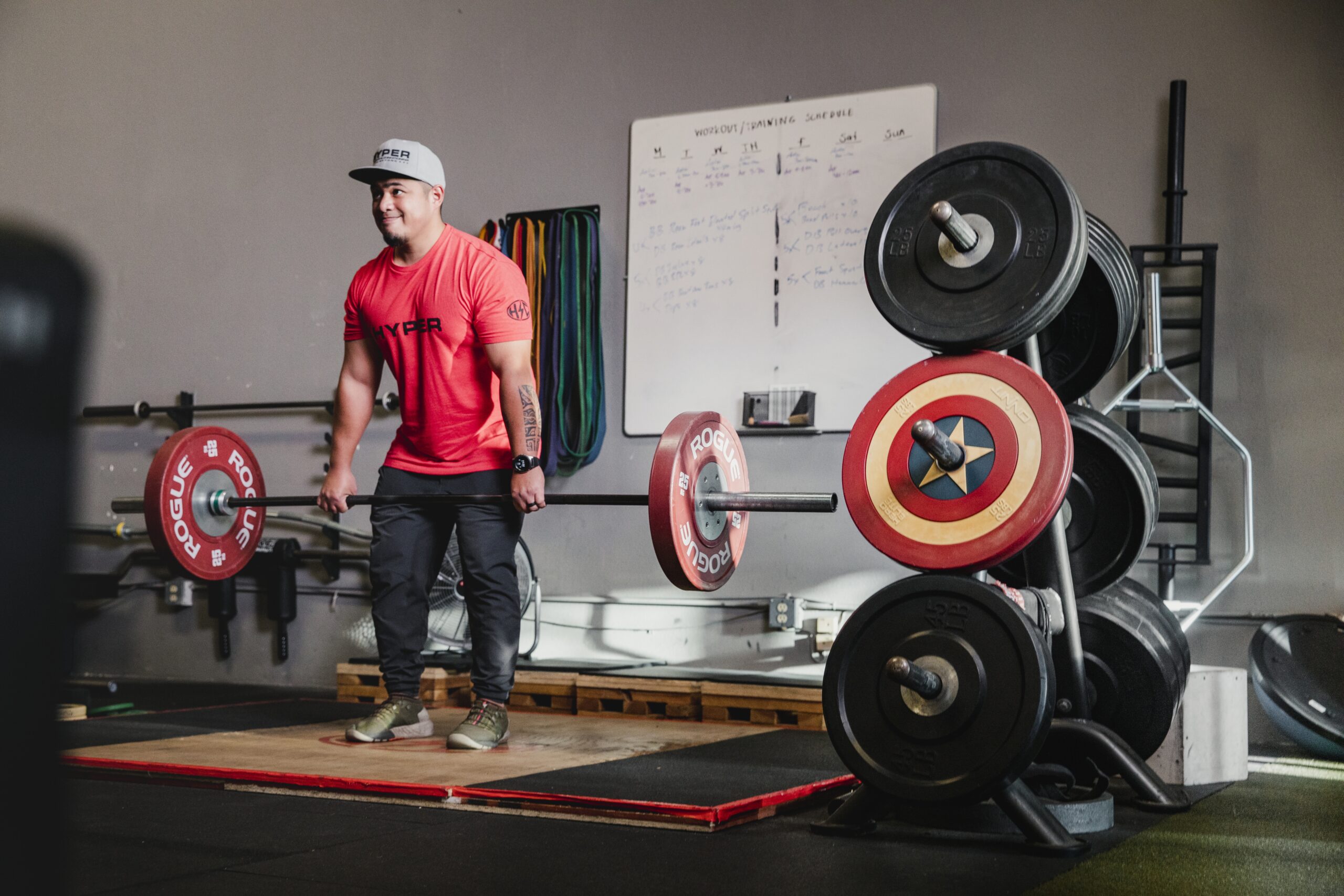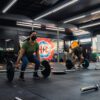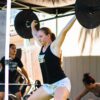All shoes appear similar enough at first glance. Plus, they mostly serve the same purpose: to protect your feet as you’re out and about.
But upon further inspection, we realize that shoes come in many shapes and sizes.
In the context of regular exercise, we have two popular categories: running and lifting shoes. For a visual think of Sonic the Hedgehog representing running shoes and Knuckles representing lifting shoes.
Like most, you’re probably wondering what the difference is (and if there is one). To that end, we’ve put together this post to compare the two types of footwear, what makes them unique, and what that means for you.
Let’s dive in.
What Are Running Shoes?
As their name suggests, running shoes are designed for running. That’s clear enough. But it isn’t just about choosing to use a random pair of shoes to run in. Running shoes are specifically designed to support that activity, make it more pleasurable, and keep you injury-free.
Most notably, running shoes come equipped with softer soles that compress under pressure and upon impact (such as when your foot strikes the pavement). This reduces running’s impact on your ankles, knees, and even the hip joints.
Running shoes also come with a drop, referring to the difference between heel and toe height (1). Your heels are typically elevated, which impacts how your feet strike the ground as you run.
Beyond these features, running shoes also tend to be more comfortable since they are designed explicitly for significant running mileage.
What Are Lifting Shoes?
Unlike running shoes, those designed for lifting come with several differences. Most notably, their sole is hard and non-compressing. Meaning, if you place a heavy barbell on your back, the sole remains as is and doesn’t collapse under the weight. The sole is also typically made with materials that offer excellent grip with gym floors and similar surfaces.
Lifting shoes can also be flat or offer a drop, similar to running shoes. Flat shoes are typically great for most activities like deadlifts and standing overhead press. Lifting shoes with a raised heel are better for squatting and Olympic lifts because they allow you to squat lower without losing balance, even if you don’t have exceptional ankle mobility (2).
Lifting shoes are typically more rigid since they are designed for stability more than anything else.
Running vs. Lifting Shoes: Why Each Has Its Place
Trainees often make the mistake of not paying attention to their footwear. They would run in whatever they have and often use the same pair for lifting weights. But as you saw above, what makes for a good running shoe is bad for weight training and vice-versa.
Can you run in shoes designed for lifting weights? Sure. Is it going to be ideal? Probably not.
The same goes for lifting weights with running shoes on. Can you squat with a pair of Nike running shoes? Sure. But you’ll probably feel unstable and less able to transfer force into the barbell.
Despite not seeming as necessary, your footwear can make a massive difference for your activity of choice. Investing a bit of money in the right pair can improve your workout quality, optimize your performance, and keep you safe while working toward your goals.
If you’re interested in proper guidance on your training journey, which goes over much more than footwear, head over to this page and get in contact with us today. We offer personal training services for everyone in San Jose.

































